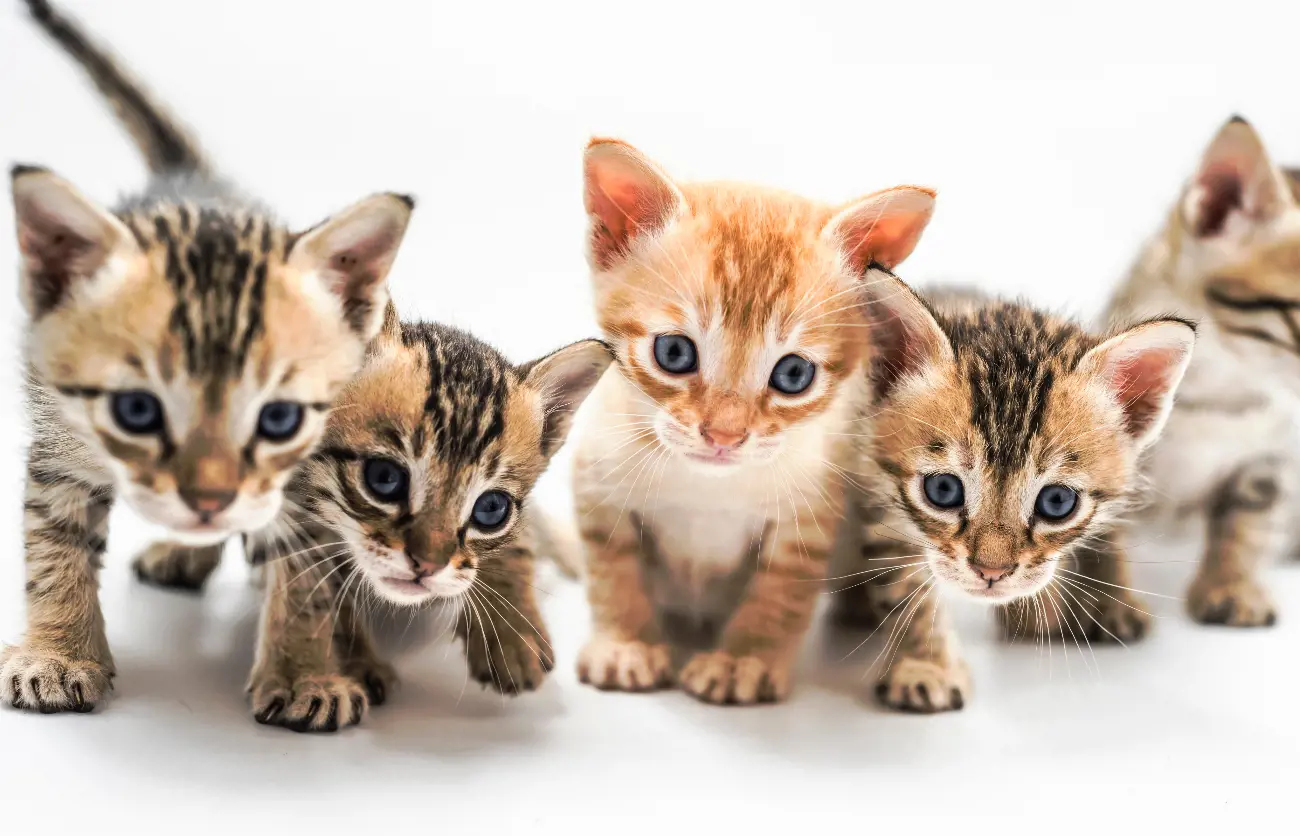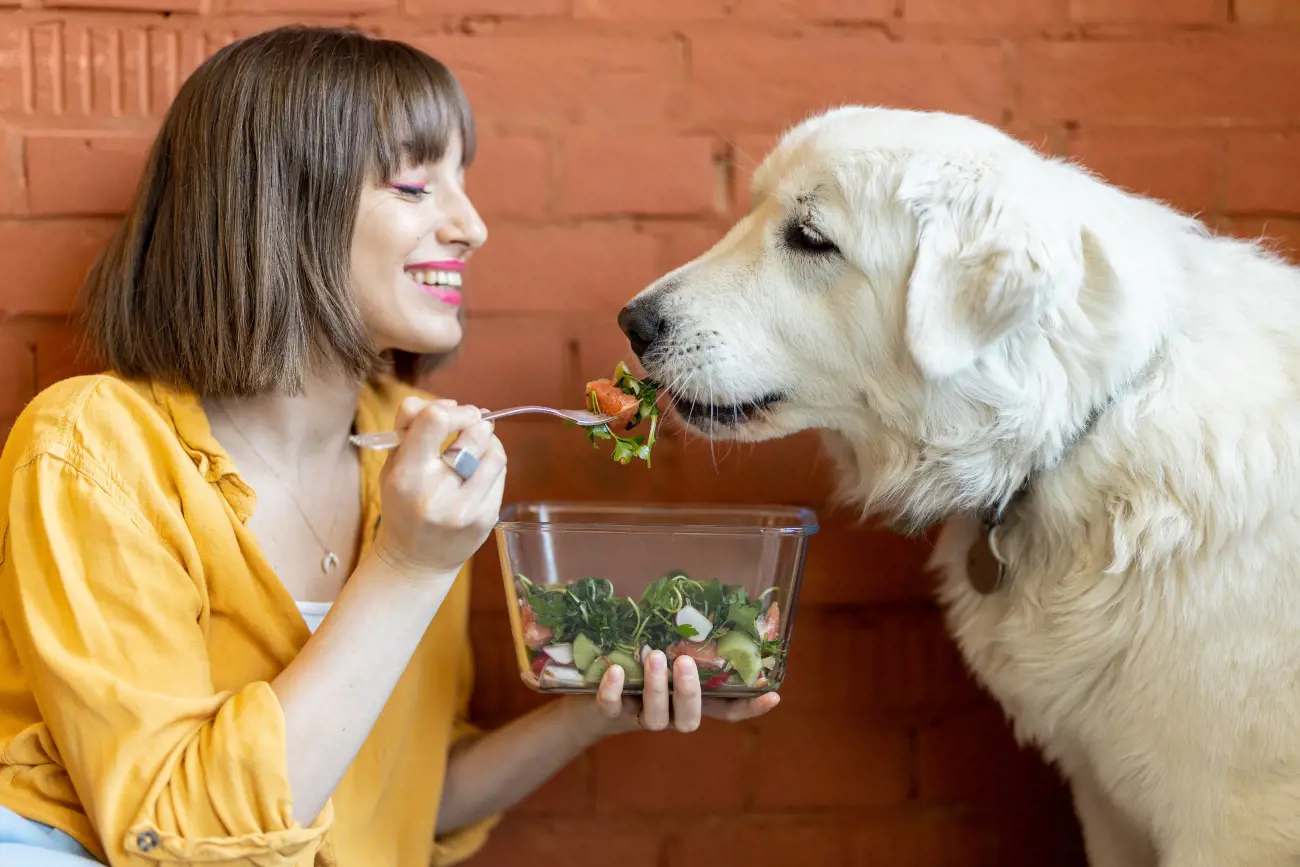How to care for your dog’s coat
23rd August, 2022
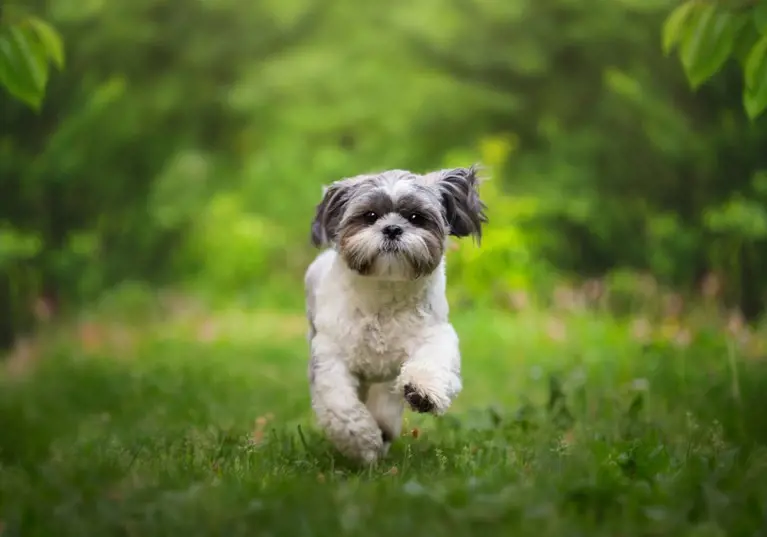
Looking after your dog’s coat is key to keeping them healthy and happy. Here’s how!
When it comes to the short, thick, silky or wiry stuff that covers our furry friends, there’s an almost endless variety out there. Short-haired dogs, curly-coated dogs, animals with long, silky tresses, others with a thick wiry covering.
All this variety makes for a fascinating canine landscape but how should owners of each type look after their dog’s fur? Longer or thicker coats are typically more demanding, and need a little more time investment to keep them clean, healthy and tangle-free.
Some dogs with more complex coats may also be more susceptible to certain health conditions if their coats are not maintained. In this case, we would recommend all owners of dogs with long, thick or wiry coats to arrange some pet insurance, and to request that this pet insurance starts immediately.
Here at Purely Pets, we offer no fewer than 15 different levels of Lifetime cover, as well as other benefits including access to a 24-Hour Vet Helpline.
Let’s take a look at the various dog coat types, and how to care for them. Along the way, we’ll look at grooming – how, and how often – as well as other key questions, such as what brush best suits each coat type.
Grooming your dog is all part and parcel of being a responsible dog owner after all.
Dog coat types: a brief introduction
There is one factor, in fact, that unites all dog hair types. Once you look beyond the different lengths and textures of the various types, they all have something in common: the same basic, cellular structure. Look at various dog hairs under a powerful microscope and you will see a similar pattern across all of them.
The differences come when these hairs are combined. How long the hair grows is obviously a huge factor in how a coat looks, and how much maintenance it requires. However, other factors play a role, too, such as the presence or absence of an undercoat. Whether hair is straight or curly also impacts on its appearance, maintenance requirements, and propensity to shed.
In theory, a dog’s coat type will be inherited – so a puppy will have the same coat type as its parents. A Springer Spaniel pup should have the same smooth, silky coat as mum and dad, while a Fox Terrier will inherit that distinctive wiry coat from his forebears. In reality, however, the picture is often slightly more complicated.
In the case of a purebred dog – such as a Golden Retriever, Jack Russell, Beagle, Dachshund and so many more – you will be able to accurately predict the look and feel of a puppy’s coat. That’s because hundreds of years of careful breeding have nailed these characteristics down fairly clearly.
In contrast, when it comes to a mixed-breed dog – such as a Cockapoo or Labradoodle – this mixing up of breeds can make it far harder to foretell how the coat may look and feel. A puppy may inherit their coat type from one of the breeds from which they are made up – or, equally, from the other. They may even display a combination of both breeds. It all depends on which dominant genes they have inherited.
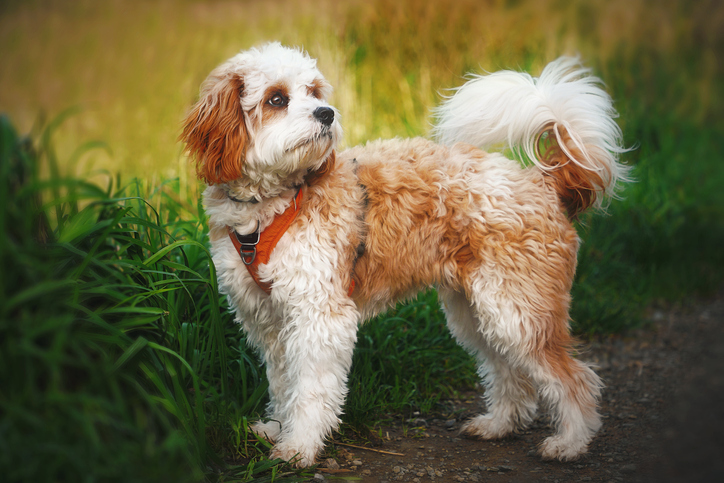
Why is dog coat care important?
On one level, it’s important simply to keep your dog looking its best. But the reasons for taking regular care of your canine’s coat go way beyond mere aesthetics.
If longer, thicker hair isn’t regularly brushed and combed, it will develop densely tangled clumps or ‘mats’. These will look unsightly and are unlikely to win your pet many beauty contests. More seriously, though, if these are allowed to develop and become bigger and more thickly tangled, there’s a high risk of live hair getting mixed in with those tangles.
These can be combed out if you’ve not left it too long. However, if mats develop, they can be impossible to remove without causing some serious pain to your beloved pet.
Indeed, if these clumps are left unattended for too long, your dog’s fur can become entirely matted. At this point, the only way to solve the situation may be to shave the entire coat.
If your dog does have mats like these in its fur, you will notice it at grooming time – combing and brushing will be painful for them. Even small mats can result in lots of pain, so the state of your dog’s fur is definitely something to keep on top of.
Matting is not just unsightly and, at brushing time, painful. It can also result in the blood supply to certain key extremities being cut off, as well as blocking off air circulation around your dog’s body and pores.
If your pet’s skin isn’t getting regular access to fresh air, as well as the stimulation from regular brushes, it can become quite unhealthy.
You may notice your dog’s skin start to change in colour from pink to red. You may even see some open sores developing, and some unpleasant smells emanating from them.
These clumps and tangles can also attract foreign bodies, such as weeds, seed heads, grass and burrs. Be extra careful when you’re out on dog walks through long grass.
Grass seeds, in particular, can cause quite a few problems, including inflammations, infections, and abscesses, if left unattended. The excellent PDSA website, by the way, has a helpful page all about grass seeds and dogs.
Other potentially harmful elements that can crop up in these thick, tangled mats include faeces, parasites, and fly larvae. The latter can cause further irritation, while parasites can bring various diseases with them.
As you can imagine, some of these unwelcome arrivals in your pet’s fur can be complicated and expensive to treat – for example, the infections and abscesses that may come from grass seeds may require complex veterinary treatment, with bills to match. To avoid this, proper, regular care of your pet’s coat is your first course of action.
On top of this, make sure your pet insurance starts immediately so you know you’re covered from day one.
This matting phenomenon will be seen mostly in long-haired dogs, during times of the year when they are shedding – typically in the spring and autumn. Mats can form in both a dog’s undercoat and in the deeper, denser undercoat.
The latter may be hard to detect, lying as they do beneath the more visible outer coat. This means that owners of dogs with an undercoat should be especially vigilant at grooming time.
The five different types of dog coats
Although dog coats are almost infinitely varied, they can be broken down into five broad types. Being able to identify your dog’s coat type will help you to know how best to maintain their fur and which health conditions to look out for.
In order to be best prepared against the costs of treatment for any health conditions that may face your furry friend, we’d recommend that your pet insurance starts immediately, the moment you and your dog begin your lives together.
The five basic dog coat groups are:
1. Curly coats
Breeds: Poodle, Bichon Frise, Airedale Terrier, Irish Water Spaniel, Labradoodle.
Maintenance: A thick, ringlet-style coat type will take a bit of maintenance – including regular clipping and trimming, in order to maintain the coat and to reduce tangles and matting. A daily brush, to remove loose hair and dirt, is also recommended.
Start your brushing session with a soft slicker brush. This large, nylon brush is great at removing debris, air and tangles: it will also provide a very enjoyable massage for your pet. Hey presto: your dog’s coat gets the attention it needs, while the two of you spend some quality time together!
Use your slicker brush to gently brush against the direction of the hair growth. Pay particular attention to the stomach, ears and the area between the legs. Brush carefully here, as these are sensitive areas. However, they will also tangle easily, so should definitely get some daily attention.
Just be gentle all around this area, and detangle any knots with care. Your dog will probably let you know if you’re being a bit rough!
After the slicker has done its job, you may want to run through the fur a few more times with a medium-toothed comb, just to iron out any last remaining mats or tangles.
Make sure you are removing knots on a regular basis. If large clumps or mats are allowed to form, they can bring more serious problems in their wake.
Any particularly stubborn knots may need the attention of a special dematting comb. Finish off with a final comb to remove any dead or loose hair.
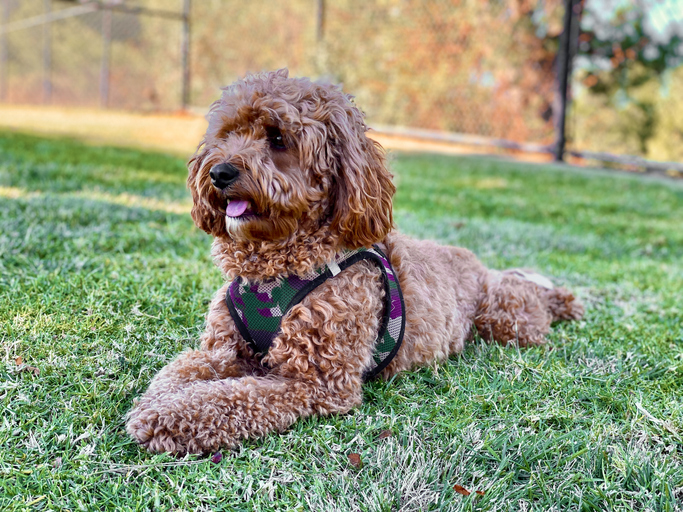
2. Wire coats
Breeds: Border terrier, Fox Terrier and some Yorkshire Terriers. Also Irish Wolfhounds, Schnauzers, and Wire-haired Dachshunds.
Maintenance: It should come as no surprise that dogs with a thick, wiry coat will be susceptible to tangling. Much like curly coats above, this type of dog hair will need regular grooming with a combination of the slicker brush and a medium-toothed comb.
Some of these breeds will also have a thick undercoat, and in these cases you may want to occasionally use a stripping comb to root out the dead hair and stimulate new layers to come through.
Otherwise, the general maintenance techniques here will be broadly similar to those for curly-coated dogs as above. A stripping comb will thin out the fur and eliminate any loose or dead hairs.
A dematting comb may be required to nip any mats in the bud before they have the chance to develop. Then, you can brush the fur away from the skin with your slicker brush.
The grooming of wire-coated dogs like Terriers can be challenging, so you may want to visit a professional groomer from time to time.
3. Double coats
Breeds: Golden Retriever, Labrador Retriever, Husky, Spitz, Pomeranian, Border Collie, German Shepherd.
Maintenance: Dogs with two coats are pretty well insulated against the outside world. Of course, the other side of that coin is that their coats need more looking after than most.
Any double-coated dog will require a lot of grooming. This is especially true at shedding time – usually twice a year, in spring and autumn.
Failing to look after the fur of a double-coated dog is probably more likely to result in complications than it might in other coat types. So we’d urge you to get a pretty regular grooming routine going.
If you make sure your pet insurance starts immediately you should be covered for any health conditions that arise from coat problems, too.
When it comes to grooming, a slicker brush will once again prove useful in sifting through that soft undercoat. This procedure will remove any loose hair circulating around the undercoat, and make mats and tangles less likely to develop.
Use the slicker brush across your dog’s entire body. Don’t forget the tummy and between the legs: these are sensitive areas, and if you end up having to detangle any mats in these regions, your dog won’t thank you for it.
Again, you may find a dematting comb useful here as well. If your dog has an unusually heavy coat, meanwhile, a dedicated shedding blade can help take away those loose hairs.
Once you’ve brushed out the loose matter, use a grooming comb on the coat. As well as removing any loose stragglers, this will also flag up any remaining matted areas or knots.
Remember that mats and knots must be removed as soon as you spot them, to prevent them from growing and causing any of the problems we outlined above.
Lastly, a bristle brush should be used to lay the coat in the direction of growth. Doing this will help maintain your dog’s coat, and encourage the production of natural oils that keep it looking shiny and healthy.
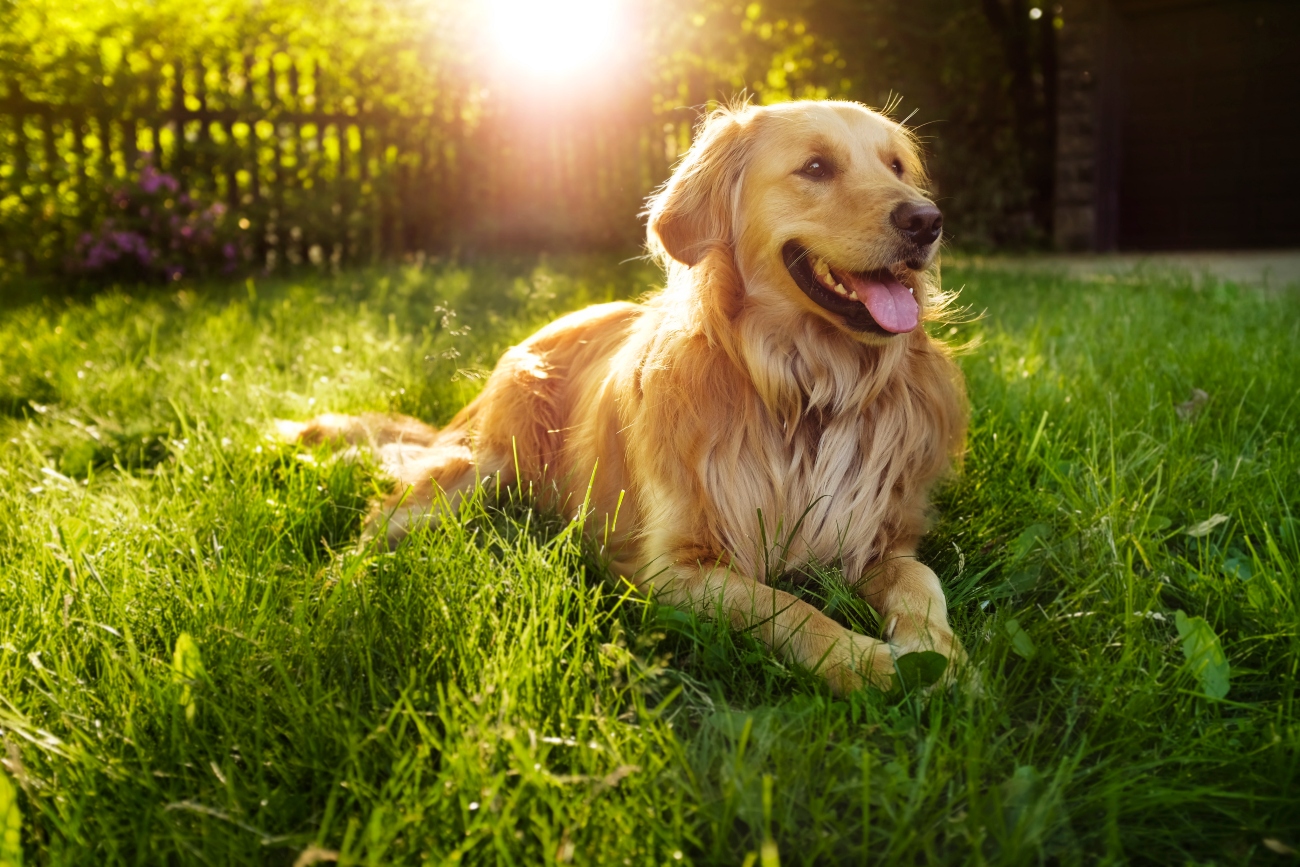
4. Silky coats
Breeds:Cocker Spaniel, Afghan Hound, Red Setter, Newfoundland, Bernese Mountain Dog, some Yorkshire Terriers.
Maintenance: Dog breeds such as those mentioned above all have soft, silky coats. This type of coat is lovely to touch and stroke. A regular brush of your dog’s silky coat will be a perfect bonding time for you both.
It will also help you to keep their coat as glossy and tangle-free as it should be, and to detect any parasites, fleas and skin conditions before they can do any harm.
Like the double coat above, a silky coat will shed twice a year. During these times, a daily brush is a good idea.
The rest of the year, once or twice a week will be sufficient. With this type of coat being somewhat finer than others, a pin brush is a good idea for each session’s first groom: you can then use a slicker brush to remove any dead and loose hair.
As ever, brush the hair in the direction that it grows naturally, and don’t forget those tucked-away areas such as the tummy and between the legs.
Next, a grooming comb will ensure a nice, tangle-free coat and remove any last remaining loose hairs. It will also pinpoint any elusive knots or matted areas. Any particularly stubborn mats may require the (gentle) use of a dematting comb.
Finally, a couple of turns with a bristle brush will help to lay the coat nice and flat and, again, encourage those natural oils to do their all-important work in nourishing the skin and fur.
5. Short coats
Breeds: French Bulldog, Greyhound, Whippet, Weimaraner, Boxer, Pug, some Dachshunds
Maintenance: Short-and medium-coated dogs typically require less maintenance than their longer, or thicker-coated cousins. You should find that mats and tangles are less likely in a dog with a shorter coat.
This doesn’t mean, however, that a regular grooming session should be off the table.
While it may not do much in the way of detangling, a grooming and brushing session will (as always) be a very enjoyable way for you and your short-coated dog to spend some time together. A nice, gentle brush of their fur is likely to release some happy hormones and generally relax them.
A slicker brush or a double-sided soft brush will do a great job of removing any dirt and loose hair. If the coat is too short to warrant a comb, a grooming glove will activate and distribute those essential, health-giving hair and skin oils.
Find pet insurance that starts immediately
As we hope to have shown in this article, a dog’s coat can come in many varieties. It’s also something that most dog owners will need to keep an eye on, to make sure no unsightly, painful and potentially dangerous clumps or mats develop.
If left unchecked, these can prove very uncomfortable for your pet at grooming time. Worse than that, foreign bodies and infections can settle into their tangles.
If your dog has long, thick fur, a regular brushing and combing session will be an important part of their on-going healthcare. It’s also, whatever a dog’s coat type, a really precious bonding moment for you and your pet.
This is just one way in which you can take care of your furry friend. Another key step to take is to provide them with some pet insurance, to help with the costs of any treatments that may be necessary during their lifetimes.
If you make sure that any pet insurance starts immediately, you should be covered for any new conditions that appear further down the line. Here at Purely Pets, you can choose from 15 levels of lifetime cover.
We can also make sure that your pet insurance starts immediately, so your canine chum is protected from the get-go.
To ensure your pet insurance starts immediately, get in contact with Purely Pets today.
*Terms and conditions may apply
Helpful Pages
Recent Posts
Pet Insurance Quote
- 98% claims paid *
- Claims paid directly to vets
- 24/7 vet video consultations
- Interest free monthly payments
